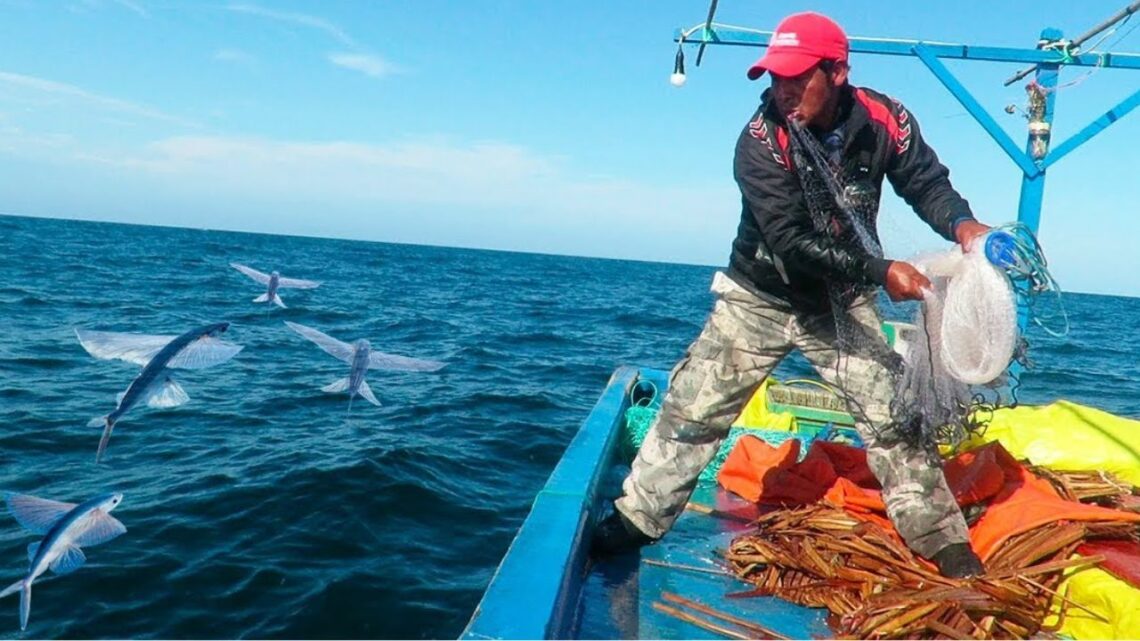Peru’s coastline is home to some of the richest marine ecosystems in South America, but today these waters are under serious threat.
Illegal fishing, especially with banned chinchorro nets, is placing immense pressure on biodiversity near the Illescas National Reserve in Piura, located about 800 km north of Lima.
While rangers patrol tirelessly, the fact that Illescas is officially designated as a terrestrial protected area limits their power to act at sea, creating a gap that illegal fishers exploit.
This has sparked growing concern among conservationists, who warn that failing to act now could jeopardize unique marine habitats and vulnerable species.
What Is Happening in Illescas National Reserve?
At Illescas, rangers often encounter fishers using chinchorros, large nets banned since 2009 by Peru’s Ministry of Production. These nets capture fish indiscriminately, leading to massive bycatch and environmental damage.
Confrontations are tense. Fishers argue they must provide for their families, even while acknowledging the practice is illegal.
On some occasions, police raids have cut nets, but more often, the fishers operate provocatively at the very edge of the reserve’s boundary, knowing rangers lack legal authority offshore.
1. Quick Facts About Illescas
| Feature | Details |
|---|---|
| Location | Piura, Peru (800 km north of Lima) |
| Protected Area Size | 36,550 hectares (90,317 acres) |
| Type | Terrestrial only (no marine jurisdiction) |
| Key Wildlife | South American sea lions, Humboldt penguins, Franklin’s gulls |
| Illegal Fishing Gear | Chinchorro nets, trawl nets, boyador method |
| Nets Ban Year | 2009 |
Why Is This Area So Important?
Illescas sits within what scientists call the Temperate-Tropical Transition Area, where cold Humboldt currents meet warmer tropical waters. This unique convergence fosters an incredible variety of species.
- Humboldt penguins (endangered in Peru) thrive here, making Illescas the northernmost part of their range.
- South American sea lions, listed as vulnerable in Peru, bask on the rocky cliffs.
- Migratory birds like Franklin’s gulls use the area during seasonal shifts.
- Rare fish species such as the mangrove grouper and the Peruvian morwong highlight the ecological mix of tropical and temperate environments.
Conservationists argue that Illescas should have been a marine–coastal reserve from the start, similar to Paracas National Reserve, which protects both land and sea.
The Scale of Illegal Fishing
Despite patrols, illegal activity remains rampant. Between September 2022 and September 2024, authorities carried out eight joint patrols with environmental police, prosecutors, and the Ministry of Production.
While these actions temporarily reduced chinchorro use, they were not enough to stop the problem.
Illegal fishing methods include:
- Chinchorro nets: Extremely unselective, capturing all fish sizes.
- Trawl nets: Sometimes cast within five nautical miles of shore, which is prohibited.
- Boyador technique: Using vibrations to stun fish, harming not only fish but also sea lions and seabirds.
The consequences are clear: discarded fish rot on beaches, bycatch kills juvenile species, and populations of commercial fish are dropping.
Conservation Challenges and Efforts
Since Illescas cannot be expanded by law, the only solution would be to create a new marine reserve adjacent to it. SERNANP (National Service of Protected Natural Areas) and NGOs like The Nature Conservancy are advocating for this step.
Local artisanal fishers are also joining the fight. Since 2022, nine groups have agreed to follow sustainable practices, avoiding undersized fish and reporting illegal activities.
Yet, they too admit catches are smaller today, suggesting stocks are being depleted.
At the 2024 UN Biodiversity Conference in Cali, Illescas was highlighted as one of 36 priority marine conservation sites in Peru. Its future now depends on decisive government action.
Why This Matters for Peru and the World
Illegal fishing in Illescas isn’t just a local issue — it’s part of the global challenge of protecting marine biodiversity.
With bycatch, habitat destruction, and food insecurity at stake, losing Illescas’ unique ecosystem would mean losing a natural laboratory of marine diversity.
Peru’s Illescas National Reserve is a treasure of marine and terrestrial biodiversity, but illegal fishing threatens its fragile balance.
Without stronger legal protections and enforcement at sea, the reserve’s unique role as a transition zone between tropical and temperate waters could be lost.
Protecting Illescas is not only about safeguarding penguins, sea lions, and rare fish — it’s about ensuring that Peru’s marine ecosystems continue to provide food, resilience, and ecological balance for generations to come.









